I’m feeling quizzical. Something today has just simply made me want to explore some fun and exciting plant facts.
I’m sitting in the sunroom with a lovely cuppa, laptop out and the sun streaming in on my face.
The tomatoes nearby smelling delightful but those teasing trusses of green fruit are not yet ripe for the picking.
Instead of picking I’m sitting here reading and mulling over interesting topics. Here are some fun plant facts that tickled my gardening pickle.
1) That fresh-cut grass smell is actually a distress call
Every time you crack out your mower and enjoy that smell of freshly cut grass, bear in mind that this is in fact a distress call from the grass.
It is basically screaming “help some maniac has attacked me!” A fatty acid known as green leaf volatiles is activated which actually attracts beneficial insects like parasitic wasps to come and lay its eggs.
A floral call to arms from the faunal world if you will! Grass considers herbivorous pests like caterpillars gnawing on its blades as pests.
The larvae of parasitic wasps famously and gruesomely burst out of their living hosts Alien style.
The grass obviously can’t communicate what exactly is wrong but this defence system cleverly attracts help.
Meanwhile we are buying our latest ‘freshly cut grass’ scented air freshener for the loo. For shame!
2) Bananas are facing a deadly threat – but scientists have a solution
With over 100 billion consumed each year worldwide; the banana is the most popular fruit across mankind.
Worryingly, the world banana industry are reliant on a single variety of banana called the Cavendish banana (Musa acuminata ‘Dwarf Cavendish’).
More worrying is the fact that currently up 90% of cultivated Cavendish banana crops are lost annually to Panama disease (Fusarium oxysporum fungus specialis cubense).
This is an aggressive wilt which causes the banana die before it sets fruit. Every time you pop to the supermarket for a bunch of bananas bear in mind they are seriously under threat.
In good news though, a very clever team of scientists based in Cambridge have sussed out a specialist form of grafting called monocot grafting which has long been considered to be impossible.
By successfully doing this they have managed to graft the scion of our humble Cavendish banana to the rootstock of a wild banana which is thought to be far more resistant to Panama wilt.
With any luck the bananas we know and will be around to stay thanks to their breakthrough.
Whilst I’m here did you know bananas are actually a herb? Did you also know that a bunch of bananas is called a hand, with the individual bit of fruit you eat being called a finger?
3) Wasabi isn’t spicy – until crushed
Wasabi and mustard are not in fact spicy until they are crushed. That of course happens when you chew it (but not if you just lick the undamaged leaves).
Once the cells are damaged in these plants two normally harmless components mix up and make an ingredient known as allyl isothiocyanate.
This provides that spicy punch we all know and are familiar with. Speaking of spicy would have ever guessed that a Euphorbia is far spicier than the world’s hottest chilli?
4) Euphorbia is spicier than the Carolina Reaper pepper
The Carolina Reaper is known worldwide for being so spicy some people have died eating it, hence the name.
The Scoville scale which is used to measure the pungency or spice levels of things (typically chilli peppers) deems the Carolina Reaper to be around 1.5 million units.
For context the jalapenos or tabasco sauce you pop on to your food for a wee kick, is just in fact that: wee, measuring in at around 5,000 Scovilles.
Interestingly though the spice we detect from chillis is from the chemical called capsaicin.
A gram of pure capsaicin would measure around 16 million on the Scoville scale.
A chemical produced in the sap of the humble Euphorbia called resiniferatoxin is so alkaline though, that a gram of it is around a thousand times more pungent than capsaicin.
This means it comes in a whopping 16 billion Scoville units. Who’d have thought your wee Euphorbia outside was far more scary than a Carolina Reaper?
5) The largest organism in the world is a fungus
Last but not least, is the fact that the biggest organism on earth is a fungus. Bizarre as it may sound it is true.
Out in the blue mountains of Oregon in the United States of America lies a giant organism.
It is the size of 1,665 football fields. Around four square miles in size.
One continuous mat of connected tissues and strands inhabit the soil here by the honey fungus (Armillaria ostoyae).
Famously this fungus causes Armillaria root disease which decimates conifers.
This particular massive network known as the humongous fungus just shows the amazing hidden world of flora beneath our very feet.
Hope I’ve piqued your curiosity!
Take care and happy gardening.
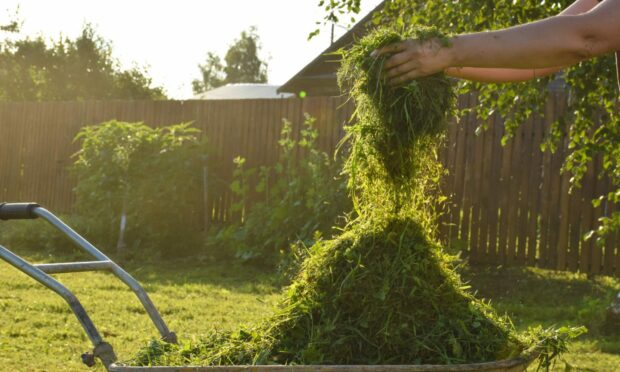

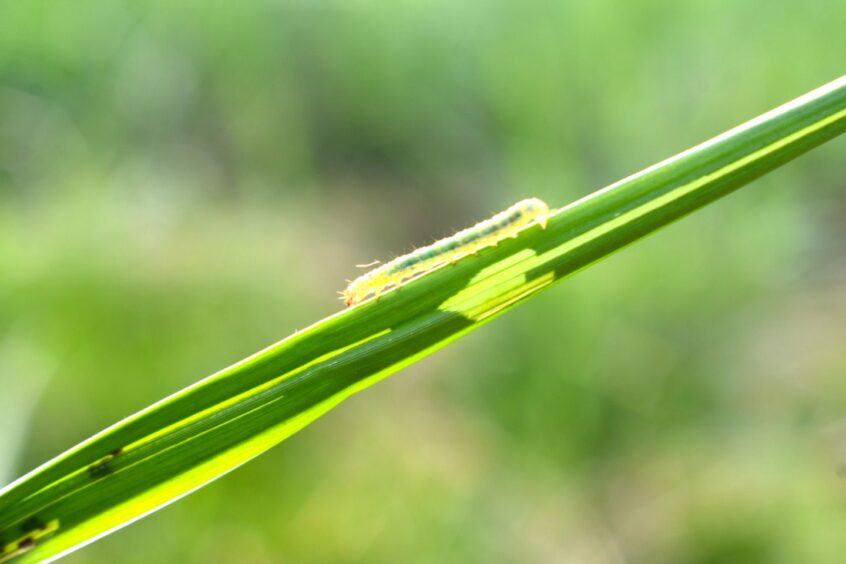
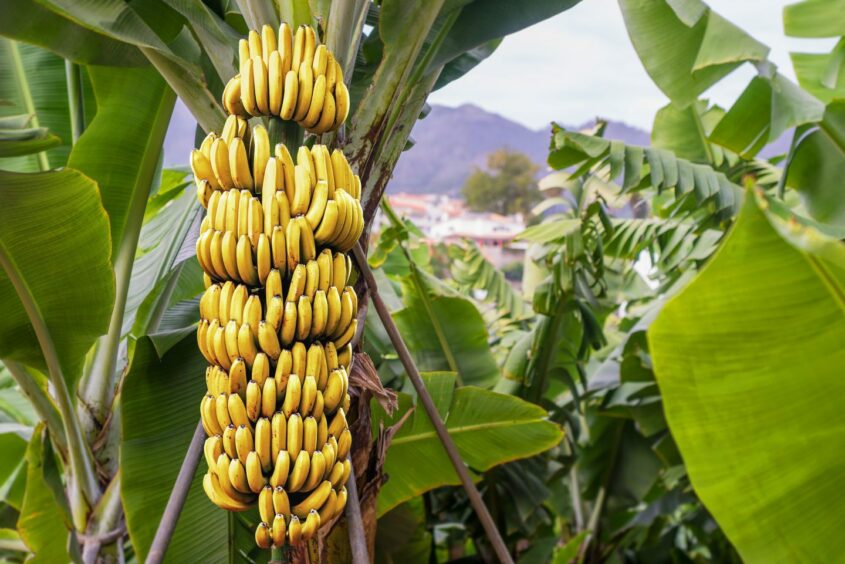
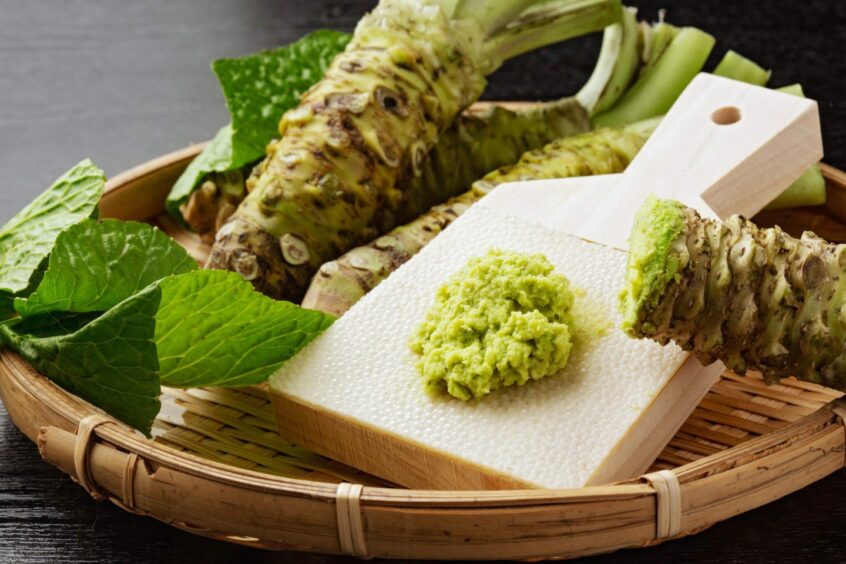
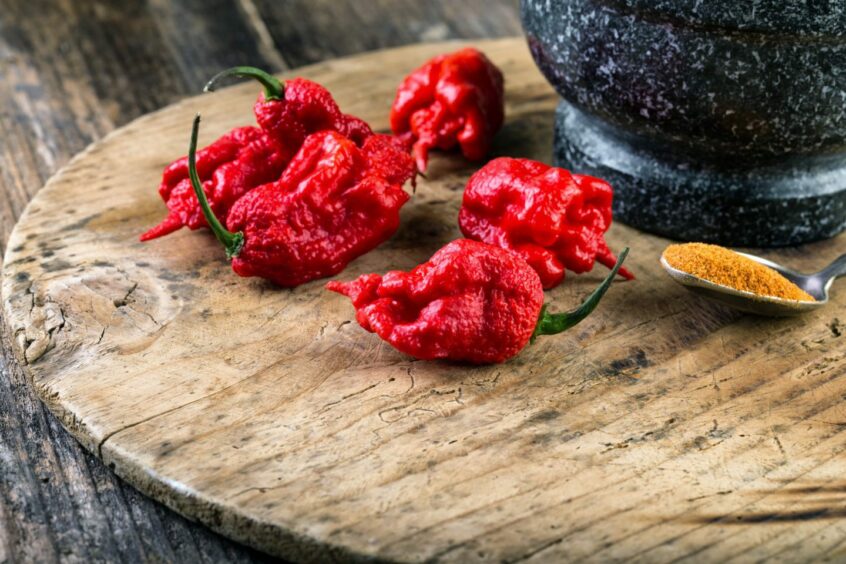
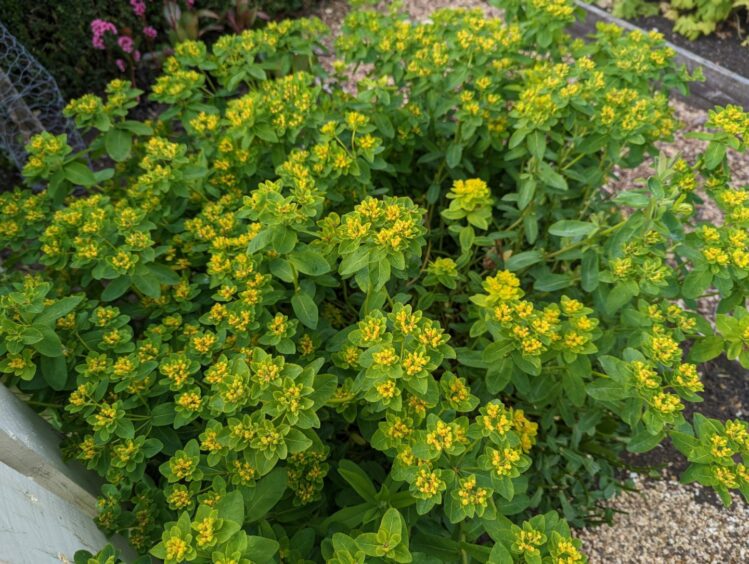
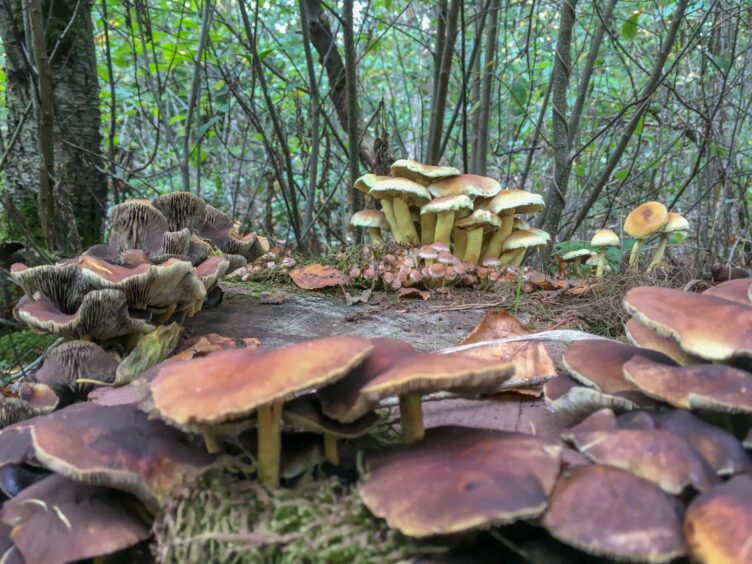
Conversation